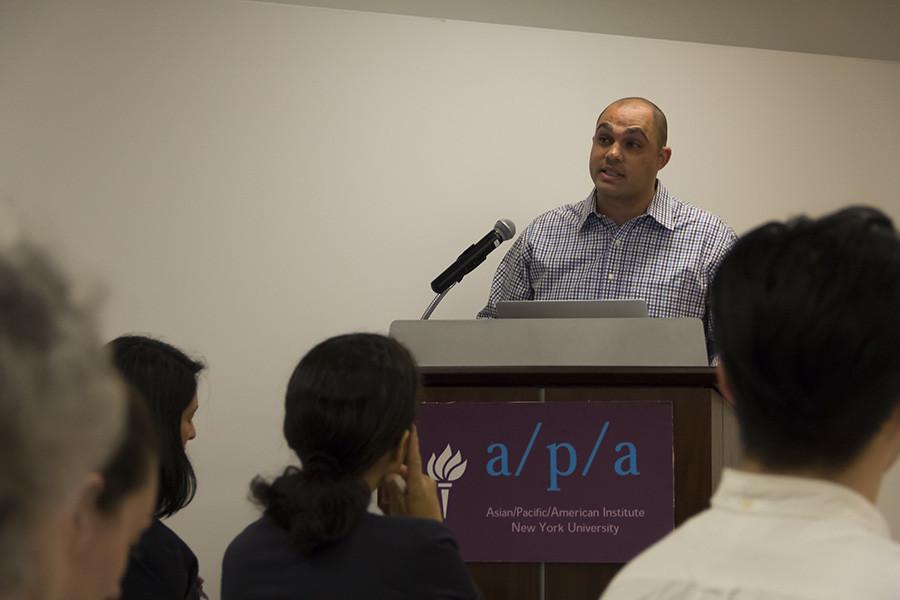Wrightsville Beach alderman pressured to resign after insult against bartenderPosted in Articles, Media Archive, Politics/Public Policy, United States on 2015-04-22 19:51Z by Steven |
Wrightsville Beach alderman pressured to resign after insult against bartender
StarNews
Wilmington, North Carolina
2015-04-17
WRIGHTSVILLE BEACH | Alderman Darryl Mills is facing pressure to resign after he used derogatory language to a bartender last month.
Mills made the comment to Mia Banks while she was working at King Neptune Restaurant on North Lumina Avenue.
In an interview, Mills confirmed he called Banks a “mixed breed” and used an expletive. He said he and Banks have had a bantering and teasing relationship for years.
“That night, as soon as it happened, I saw that it bothered her, hurt her, and I apologized immediately and left,” Mills said. He later apologized a second time in an email.
He has no plans to resign. “I think this is a personal matter,” he said. “It has nothing to do with Wrightsville Beach.”
Banks agreed she had a bantering relationship with Mills, but said that would be true with all of her customers, especially regulars.
She said she had not discussed her race with Mills before his comment. Her mother is Polish and Italian and her father is African-American.
“I was humiliated,” Banks said. “I was degraded.”…
Read the entire article here.


